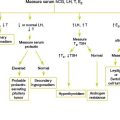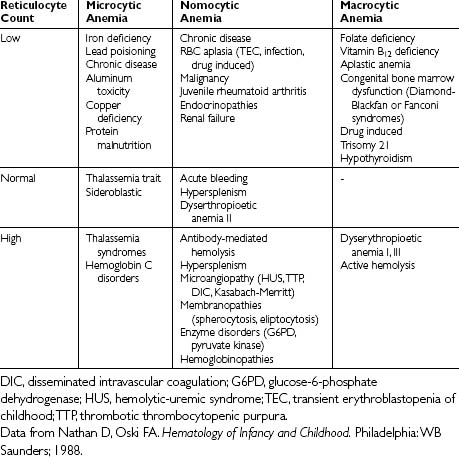Chapter 34 OBESITY
Causes of Childhood Obesity
Key Historical Features
Key Physical Findings
 Vital signs, including blood pressure
Vital signs, including blood pressure
 Evaluation of the growth curve
Evaluation of the growth curve
 May consider triceps skin fold
May consider triceps skin fold
 General evaluation to assess for any dysmorphisms
General evaluation to assess for any dysmorphisms
 Head and neck examination for tonsillar hypertrophy or thyroid goiter
Head and neck examination for tonsillar hypertrophy or thyroid goiter
 Pulmonary examination for evidence of asthma, decreased air exchange, or hypoventilation syndromes
Pulmonary examination for evidence of asthma, decreased air exchange, or hypoventilation syndromes
 Abdominal examination to evaluate for central versus peripheral obesity or right upper quadrant tenderness suggesting the presence of gallstones
Abdominal examination to evaluate for central versus peripheral obesity or right upper quadrant tenderness suggesting the presence of gallstones
 Musculoskeletal examination to assess for stress on the joints, especially the knees
Musculoskeletal examination to assess for stress on the joints, especially the knees
 Genitourinary examination to evaluate for hypogonadism
Genitourinary examination to evaluate for hypogonadism
 Neurologic examination to evaluate mental status and evidence of any genetic syndromes
Neurologic examination to evaluate mental status and evidence of any genetic syndromes
 Skin examination for acne, acanthosis nigricans, fungal infections, or striae
Skin examination for acne, acanthosis nigricans, fungal infections, or striae
 Vision and hearing screening if a genetic syndrome is suspected
Vision and hearing screening if a genetic syndrome is suspected
Suggested Work-up
| Fasting blood sugar | May be indicated in obese children because the rates of juvenile-onset type 2 diabetes mellitus are rising |
| Fasting lipid panel | The National Cholesterol Education Program Expert Panel on Blood Cholesterol Levels in Children and Adolescents recommended screening in all obese children over 2 years of age |
| Thyroid-stimulating hormone (TSH) and free thyroxine (T4) | To evaluate for hypothyroidism |
| Dexamethasone suppression test and 24-hour free urinary cortisol level | If Cushing’s disease is suspected |
| Fasting blood sugar, plasma insulin, and C-peptide levels | If hyperinsulinism is suspected |
| Calcium, phosphorous, and parathyroid hormone (PTH) levels | If pseudohypoparathyroidism is suspected |
| Brain imaging | If a hypothalamic cause is suspected |
| Genetic testing/chromosomal analysis (genetic syndromes) | If a genetic syndrome is suspected |
Additional Work-up
| Follicle-stimulating hormone (FSH) and luteinizing hormone (LH) | If polycystic ovary syndrome is suspected |
| Sleep study | If sleep apnea is suspected |
| Pulmonary function tests | If asthma is suspected |
| Liver function tests | If nonalcoholic fatty liver disease is suspected |
| Right upper quadrant ultrasound | If cholelithiasis is suspected |
1. Barlow S.E., Dietz W.H. Obesity evaluation and treatment: expert committee recommendations. Pediatrics. 1998;102:E29.
2. Moran R. Evaluation and treatment of childhood obesity. Am Fam Physician. 1999;59:861–868.
3. Policy Statement by Committee on Nutrition. Prevention of pediatric overweight and obesity. Pediatrics. 2003;112:424–430.
4. Speiser PW, et al. Consensus statement: childhood obesity. J Clin Endocrinol Metab 205;90:1871–1887

















